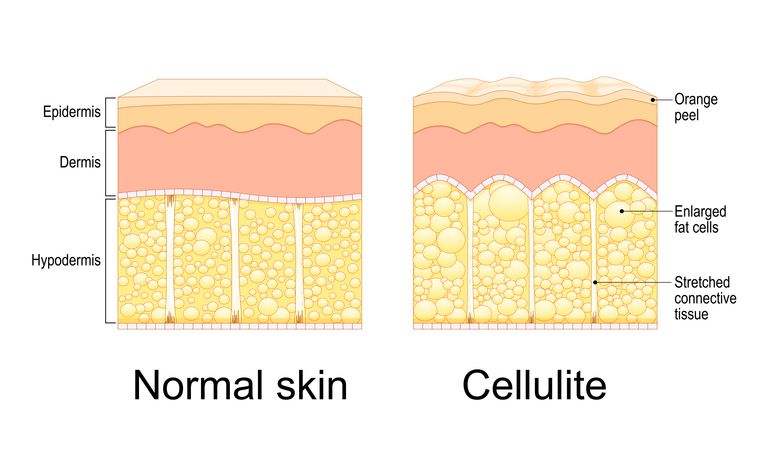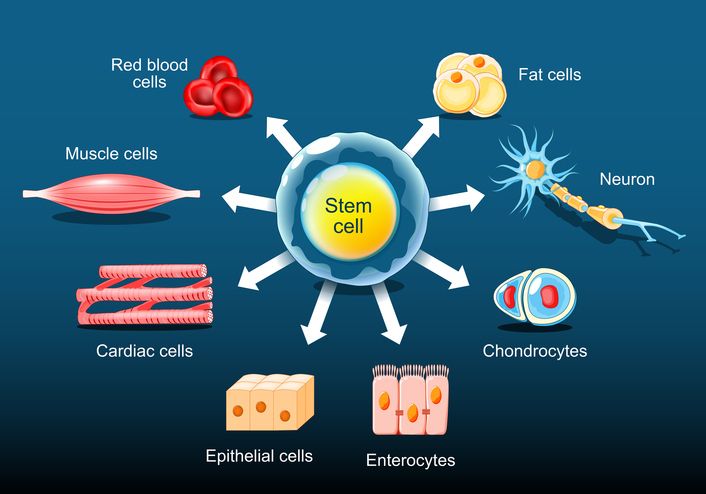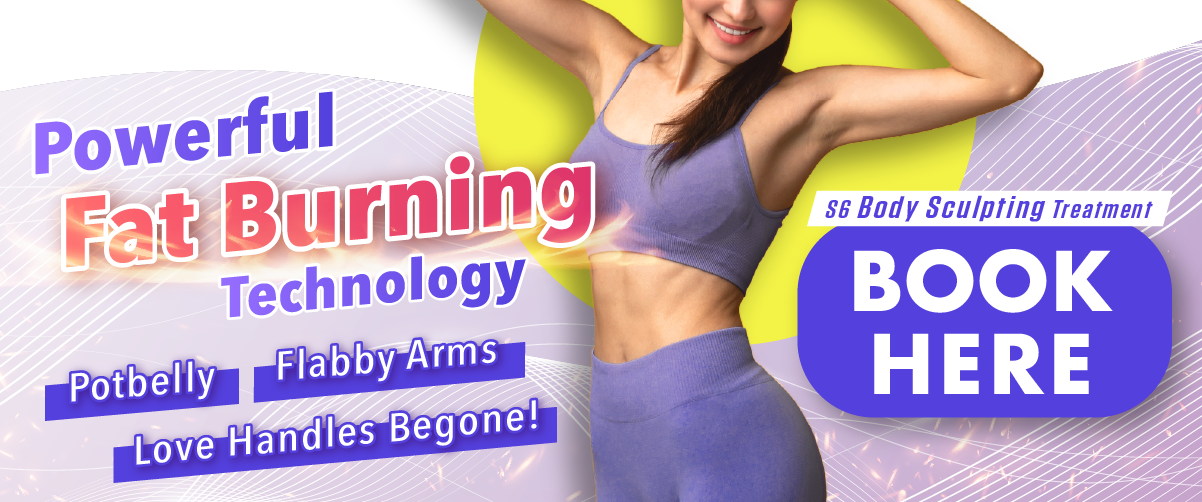
Author: Natalie Ng|Updated: 26 May 2025
Creatine doesn’t burn fat, but it plays a helpful role in the process. It supports your workouts, helps you keep muscle during a calorie deficit, and can make it easier to lose weight without losing strength. These things are all important when you're trying to burn fat and improve your body composition. Some people worry about weight gain or water retention from taking creatine, but it doesn’t mean you're gaining fat. Most of the water is stored in your muscles and won’t hide fat loss. In fact, creatine can help you build lean muscle mass, which supports a higher resting metabolic rate and better long-term results. Taking creatine supplements daily, especially creatine monohydrate, can make a difference when combined with regular exercise and a solid routine. If you’re thinking about creatine for weight loss, keep going. The next sections break down what to know before adding it to your plan.

Creatine For Weight Loss 1: Creatine's Impact on Metabolic Rate
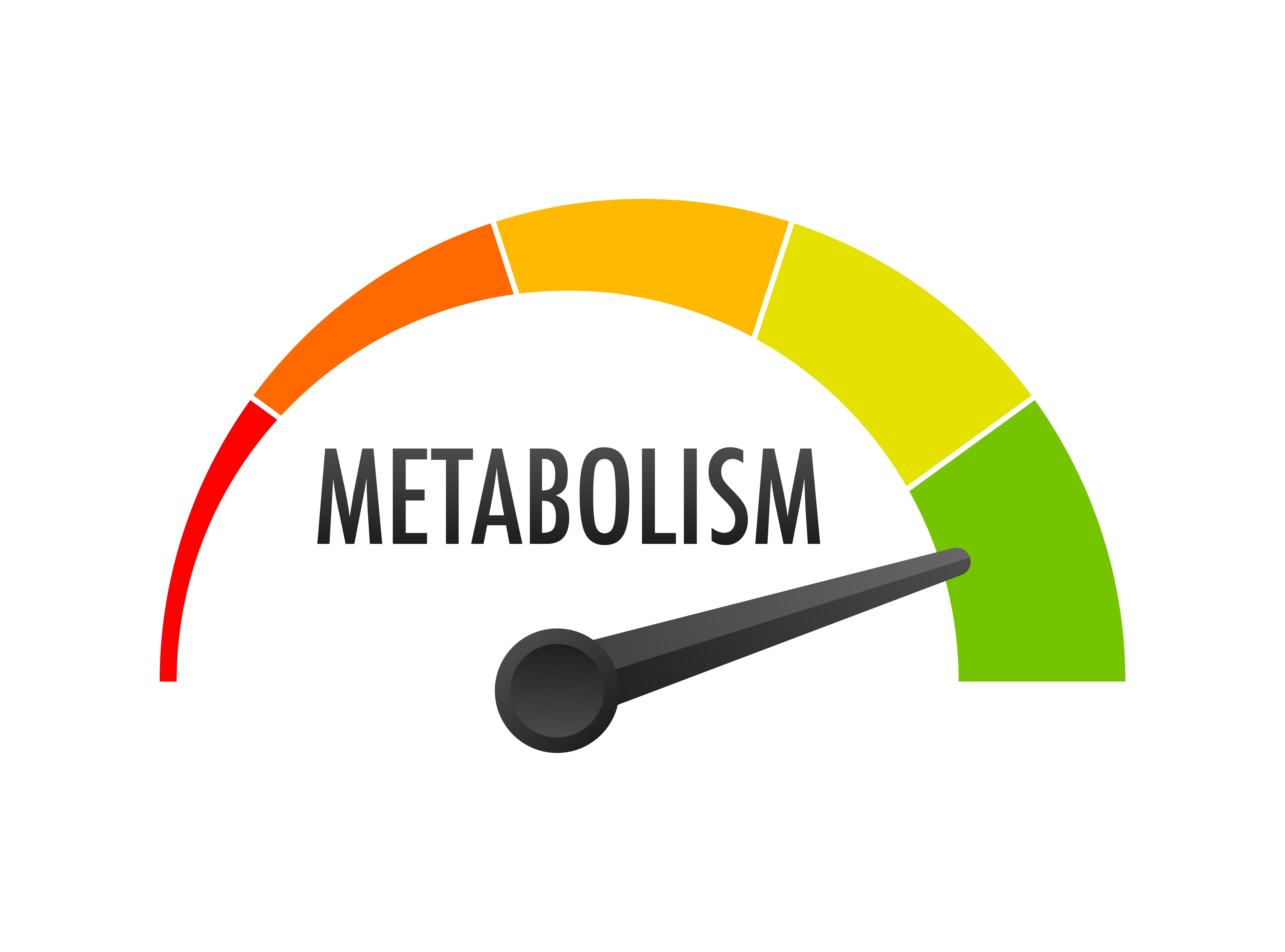
Creatine helps your metabolism through muscle support
Creatine doesn’t directly increase your metabolic rate, but it plays a role by supporting muscle mass and physical performance. The effects of creatine supplementation show up more clearly when combined with regular resistance training.
More muscle means higher calorie burn at rest
When you're taking creatine, your workouts often improve—you can lift more, train longer, and recover faster. Over time, this helps you build lean muscle mass. Since muscle burns more calories than fat tissue, your resting metabolic rate may increase slightly as your muscle mass goes up.
Better workouts lead to more energy burned
Creatine helps you get more out of your training. That means more energy expenditure during each session, and better results when you're trying to lose weight or decrease fat mass.
Creatine won’t work like fat-burning supplements, but its real benefit is helping you hold on to muscle, push harder in the gym, and support your body composition goals.

Creatine For Weight Loss 2: Enhanced Exercise Performance and Fat Burning

Creatine improves workout output and calorie burn
Creatine supplementation helps increase your strength, endurance, and power during training. This allows you to work harder in each session, which leads to greater energy expenditure. While creatine doesn’t directly burn fat, the extra effort you’re able to put in supports long-term fat loss by increasing how many calories you use during and after exercise.
Stronger sessions support fat loss goals
With better workout performance, you can lift heavier weights, complete more reps, and recover quicker between sets. These changes allow you to train at a higher volume, which contributes to fat mass reduction over time. Improved performance also helps preserve lean muscle mass during a calorie deficit, which supports a healthy resting metabolic rate.
Benefits of creatine across different training styles
• Weight training
- Boosts rep capacity and strength
- Increases total muscle activation
- Leads to more calories burned per session
• HIIT workouts
- Reduces fatigue during high-effort intervals
- Improves sprint performance and endurance
- Helps maintain intensity throughout each round
• Recovery
- Speeds up recovery time between sets
- Reduces muscle soreness
- Supports better performance throughout your workout
• Overall effect
- Allows for higher workout volume across the week
- Enhances total calorie burn
- Supports better fat loss and improved body composition
Fat oxidation response during exercise
Creatine does not directly increase fat oxidation, but it allows you to train harder and longer. This increase in work leads to more calories burned per session, which contributes to weight loss when paired with proper nutrition. The ability to support longer workouts and preserve muscle makes creatine a helpful tool for reducing body fat percentage.
Read More
Book Now to Experience
S6 Body Sculpting Treatment
1 Minute Self-Registration
Date should not be before minimal date

Creatine For Weight Loss 3: Muscle Preservation During Caloric Deficit

Creatine helps protect muscle while cutting calories
When you’re in a calorie deficit, your body may break down muscle for energy. This can lower your muscle mass and affect your resting metabolic rate. Taking creatine helps reduce this risk by supporting muscle retention and training performance, even when your calorie intake is lower.
Creatine supports muscle in multiple ways
Creatine supplementation helps maintain strength, power, and training quality while dieting. This allows you to continue challenging your muscles, which signals your body to hold onto lean tissue rather than break it down. Creatine also improves cellular hydration, which sends anti-catabolic signals and supports protein synthesis.
Benefits of creatine during fat loss phases
• Training performance stays high
- Maintains strength during workouts
- Supports high rep ranges and total training volume
- Helps prevent muscle loss from low calorie intake
• Cellular support
- Improves hydration inside muscle cells
- Helps reduce protein breakdown
- Supports an environment that favors muscle growth
• Energy system support
- Increases production of adenosine triphosphate (ATP)
- Helps fuel more reps and sets during resistance training
• Lean tissue retention
- Helps preserve lean muscle mass
- Supports better body composition during weight loss
- Reduces the risk of muscle loss often seen during dieting
If you’re aiming to lose body fat without losing strength or muscle, creatine can support those goals by helping your body hold onto muscle mass during a calorie deficit.

Creatine For Weight Loss 4: Water Retention Myths and Fat Loss Reality
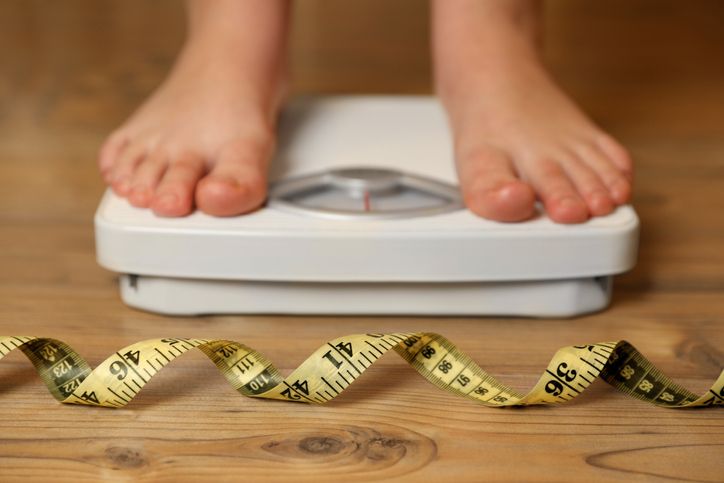
Water retention from creatine doesn’t stop fat loss
A lot of people think creatine causes bloating or masks fat loss progress, but this idea isn’t accurate. The slight weight gain some people see when taking creatine supplements comes from water being pulled into the muscle cells—not from fat gain or fluid building up under the skin. This kind of water retention actually supports muscle performance and recovery, rather than getting in the way of fat loss.
Unlike water stored under the skin, intracellular water helps your muscles stay hydrated and function better during workouts. It can also give your muscles a more full, solid appearance, especially during strength training phases. This doesn’t increase your body fat or interfere with fat loss results—it’s simply a part of how creatine works in your system.
Creatine-related weight gain is not fat gain
Seeing the scale go up slightly after starting creatine is normal, but it doesn’t mean you’re gaining fat. It’s just your body holding onto more water inside the muscles, which actually helps you perform better during training. That added performance can support fat loss by helping you push harder and burn more calories in each session.
Even during a calorie deficit, this water weight has benefits. It supports muscle cell volume, protein synthesis, and overall muscle function. These effects help protect lean muscle mass while you’re trying to reduce body fat.
Creatine doesn’t prevent fat loss or make you look bloated. When used correctly, it can help you train harder, hold onto muscle, and see better results—even if the scale changes slightly at the start.
Book Now to Experience
S6 Body Sculpting Treatment
1 Minute Self-Registration
Date should not be before minimal date

Creatine For Weight Loss 5: Optimal Timing and Dosage for Weight Loss
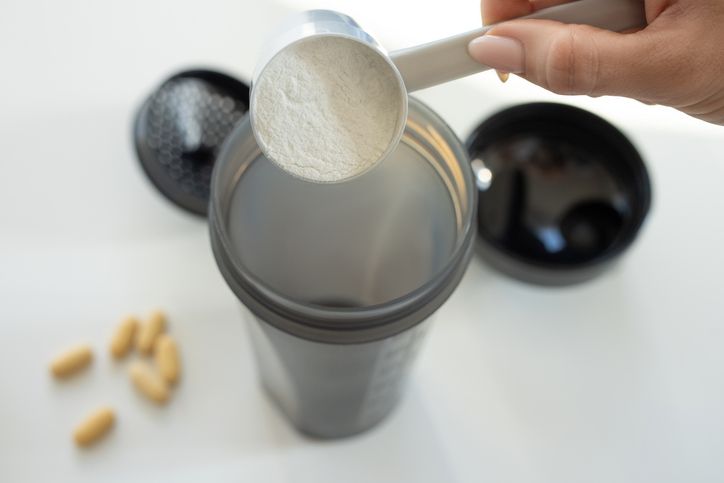
Daily intake supports steady results
For fat loss, the recommended dose of creatine stays the same as general use—typically 3 to 5 grams per day. This amount is enough to keep your muscle stores saturated and support workout performance without leading to excess water weight or other side effects.
The key is regular intake. Whether your goal is to preserve muscle, increase energy during workouts, or support body composition, creatine works best when taken consistently. You don’t need to adjust your dose based on training goals like cutting or bulking.
Timing isn’t strict, but pairing with food helps
While creatine doesn’t need to be timed perfectly, taking it with a carb-rich meal—especially around your workout—may improve absorption. On training days, many people take it with their pre-workout meal or shake. On rest days, any time of day is fine as long as you’re taking it regularly.
Loading phase: optional, not required
Some people choose to start with a loading phase, which means taking around 20–25 grams per day for 5–7 days, split into 4–5 servings. This helps saturate muscle creatine stores faster. However, it’s not necessary for everyone. If you prefer, you can stick with 3–5 grams daily from the start—your muscles will still reach full saturation over a few weeks.
Practical tips for better use
• Use creatine monohydrate, which is the most studied and effective form
• Pair it with simple carbs (like fruit or juice) if possible, especially around training
• Stay hydrated to support muscle function and avoid cramping
• On non-training days, keep taking your regular dose at a time that’s easy to remember
Keeping your intake consistent is more important than finding the “perfect” time. Regular use of creatine helps support your energy, strength, and fat loss results without needing constant adjustments.

Creatine For Weight Loss 6: Combining Creatine With Other Fat Loss Strategies
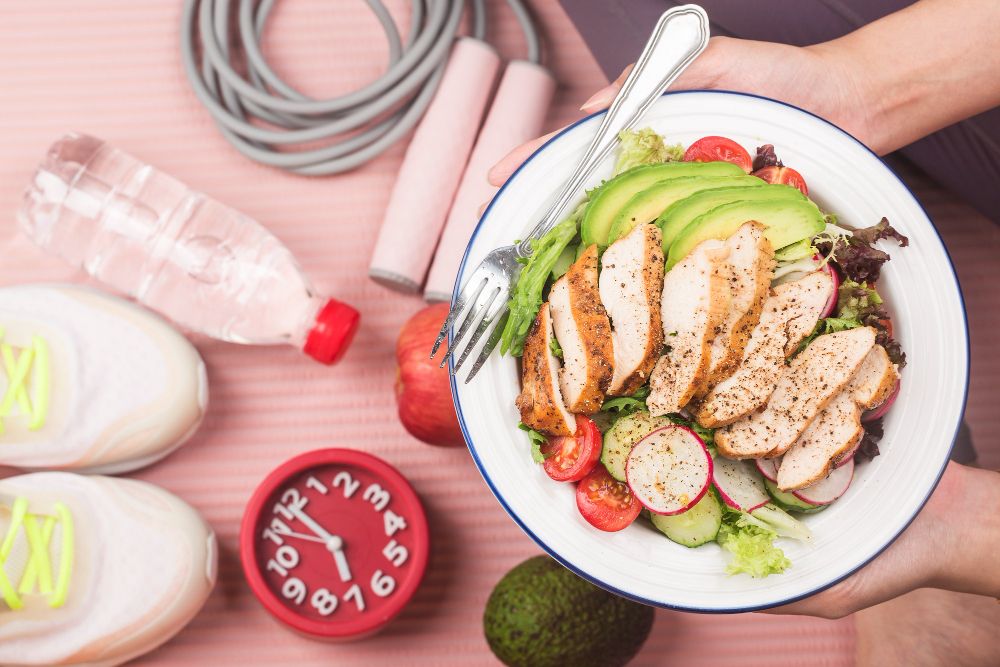
Creatine works best when paired with a complete approach
Creatine alone won’t reduce fat mass, but it becomes far more effective when combined with a calorie-controlled diet and regular physical activity. The strength, power, and recovery benefits from creatine help you train harder, which supports fat loss—but nutrition and lifestyle choices still drive your overall results.
Balanced eating supports fat loss and muscle maintenance
To decrease body fat percentage while taking creatine supplements, aim for a moderate calorie deficit through whole, nutrient-dense foods. Focus on lean protein, vegetables, whole grains, and healthy fats. This helps you maintain lean muscle mass, especially when paired with strength training.
Strength training and HIIT amplify results
Resistance training is essential for muscle growth and fat loss. Creatine enhances your performance during these sessions, allowing you to lift heavier and recover faster. High-intensity interval training (HIIT) also works well with creatine, helping you burn more calories in less time.
Both types of training benefit from creatine’s ability to increase adenosine triphosphate (ATP), giving your muscles more energy to perform and recover between sets.
Supporting fat loss through smart habits
Creatine should be part of a bigger plan. Along with diet and training, make sure you’re getting enough sleep and staying hydrated. These habits play a key role in how your body uses energy and stores fat.
You can also pair creatine with other dietary supplements if needed. Whey protein can help you meet protein goals, while ingredients like green tea extract may offer mild fat-burning support. Just keep in mind that no supplement replaces proper food choices or consistent effort.
Book Now to Experience
S6 Body Sculpting Treatment
1 Minute Self-Registration
Date should not be before minimal date

Creatine For Weight Loss 7: What Research Says About Creatine and Fat Loss

Creatine helps your body burn more through better training
Creatine doesn’t directly burn fat, but it helps your body in other ways that can lead to fat loss. Research shows that people who take creatine often train harder, lift more, and recover faster. That extra effort means you’re burning more calories every session—and over time, that can help reduce fat mass when paired with a solid diet.
Helps protect muscle while you lose fat
Another benefit of creatine is that it helps you keep muscle, even while cutting calories. This is important because muscle helps your body burn more energy at rest. The more muscle you hold on to, the easier it is to drop fat without slowing down your metabolism.
Other possible benefits
Some research suggests creatine may help your muscles stay fuller and support protein building. There’s also early evidence it might affect how your body handles carbs and fat—but that part still needs more study.
Creatine isn’t a fat burner, but it does help you work harder, keep muscle, and burn more energy—all of which support your fat loss goals.

Common Concerns About Using Creatine
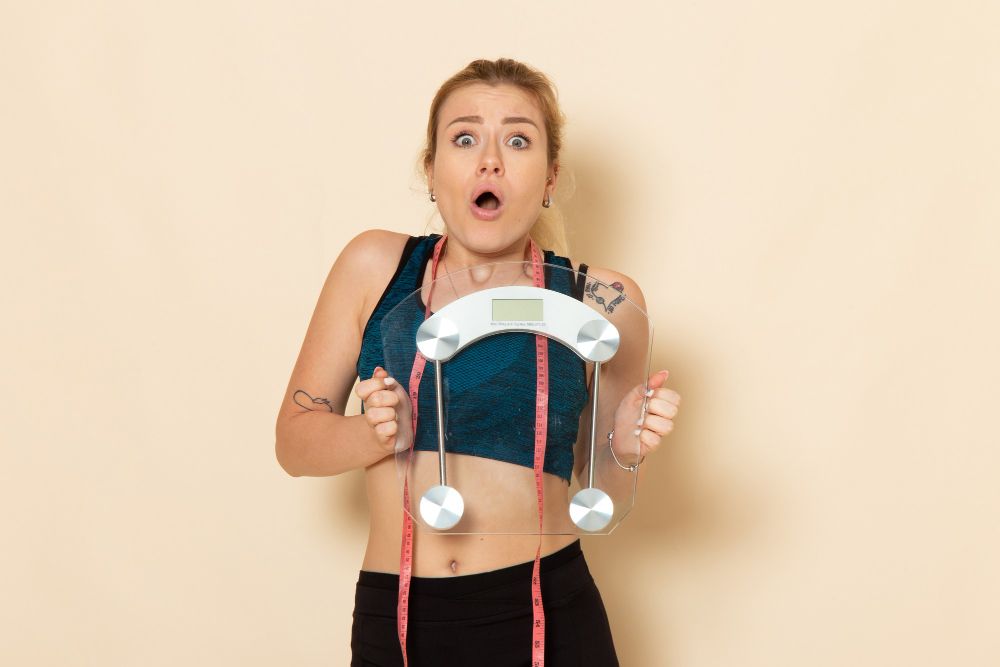
Water weight, bloating, and weight gain worries
One of the most common concerns about creatine supplementation is weight gain. Many people hear that creatine causes bloating or makes you gain weight, and avoid it for that reason. In reality, the increase in body weight some experience comes from water stored inside the muscles—not from added fat or visible bloating.
This kind of water retention is known as intracellular water, and it can actually help your muscles perform better and feel more full. It doesn’t affect fat cells, fat tissue, or your ability to lose body fat. Creatine doesn’t interfere with fat loss, and any slight increase in body weight is not fat accumulation.
Is creatine safe to take regularly?
Creatine monohydrate is one of the most researched dietary supplements available. It has been shown to be safe for long-term use in healthy individuals at the standard dose of 3–5 grams per day. There’s no strong evidence that creatine causes kidney disease or other health issues when used responsibly.
If you have existing kidney problems or take medications that affect your kidneys, you should speak with a clinical dietitian or healthcare provider before taking creatine. But for most people, including older adults and those involved in resistance training, creatine use is considered safe and well-tolerated.
Book Now to Experience
S6 Body Sculpting Treatment
1 Minute Self-Registration
Date should not be before minimal date

Who Should Take Creatine Supplements?
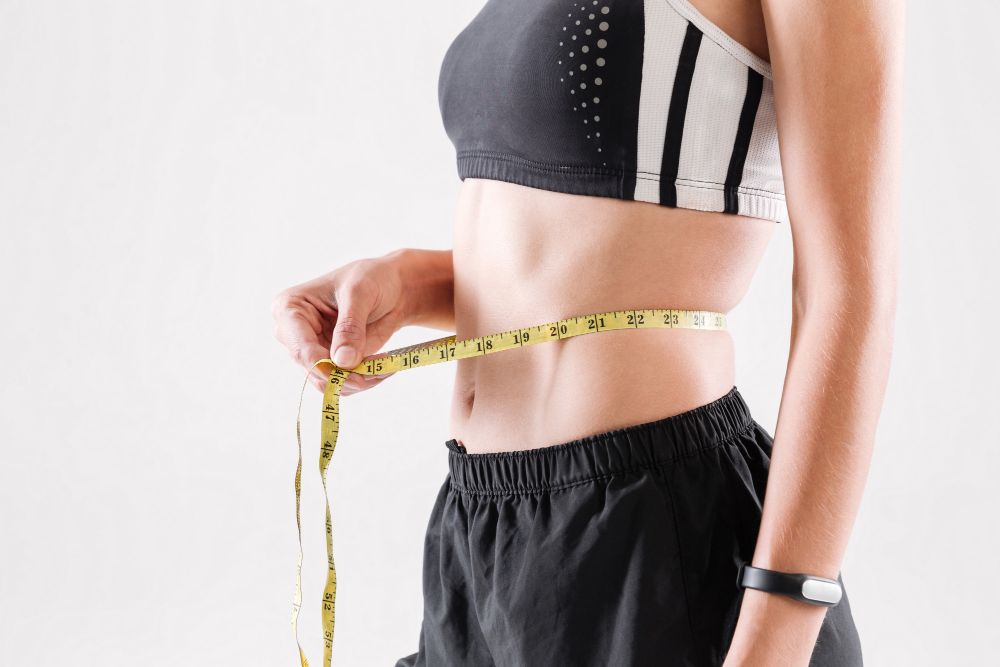
Creatine helps more than just athletes or bodybuilders
Although creatine is often linked to muscle growth or weight gain, it can be useful for people with a wide range of fitness goals—including fat loss. You don’t need to be an athlete to benefit. In fact, creatine helps maintain muscle fibers, supports strength training, and improves workout quality for anyone trying to lose body fat.
Groups who benefit from creatine supplementation
• People trying to lose weight
Creatine helps you train harder and maintain lean muscle mass, which supports long-term weight loss.
• Those in a calorie deficit
Creatine preserves muscle tissue while you reduce your calorie intake, helping prevent muscle loss.
• Resistance training participants
Creatine improves performance, increases power output, and supports better recovery during strength training.
• Older adults
Research suggests creatine may reduce the risk of muscle loss and even support bone health in aging populations.
Creatine can also support anyone looking to improve body composition, reduce fat mass, and keep muscle strength—even during intense training or fat loss phases.

How S6 Body Sculpting Treatment Can Boost Your Fat Loss Results
Support your fat loss plan with non-invasive body contouring
While creatine supplementation helps you train harder and preserve muscle mass during a calorie deficit, some areas of fat can still be difficult to lose—even with regular resistance training. That’s where treatments like S6 Body Sculpting can help.
S6 Body Sculpting Treatment is a non-invasive, non-surgical therapy that targets stubborn fat in common problem areas like the belly, thighs, arms, and waist. It uses low-energy bio-laser technology to break down fat cells and encourage your body to flush them out naturally. This approach pairs well with the effects of creatine for weight loss, especially when you're working to decrease fat mass and improve body composition.
How the S6 Body Sculpting Treatment works
The treatment begins with an assessment of your body shape and fat distribution. A trained therapist then applies a bio-laser probe to the chosen area. This low-energy laser penetrates the subcutaneous fat layer and breaks down fat cells by triggering fatty acid release.
A vacuum suction massage follows, helping your body drain the broken-down fat through lymphatic circulation. This process also increases local metabolic activity, helping your body burn more energy in the treated area.
At the same time, the laser stimulates collagen production to firm and tighten skin—something that’s important when you're reducing body fat to avoid loose skin.
Why it works well with creatine use
Taking creatine supplements supports lean muscle mass, energy levels, and workout intensity. But fat loss doesn’t always happen evenly across the body. S6 helps fill that gap by targeting areas that are harder to reduce with exercise alone.
Used together, creatine and S6 Body Sculpting can:
• Help preserve and define lean muscle
• Reduce fat mass in specific areas
• Improve body shape and muscle definition
• Speed up metabolism locally through thermal and suction effects
Benefits of S6 Body Sculpting Treatment
• Targets stubborn fat areas like belly, arms, thighs, and back
• Non-surgical, non-invasive, and requires no recovery time
• Suitable for people who are unable to spot reduce fat with diet and exercise
• Safe for most body types
• Stimulates collagen to firm the skin while reducing fat
If you’re already taking creatine for weight loss or combining creatine supplementation with strength training, S6 Body Sculpting Treatment can help shape the areas that diet and exercise might miss.
Book your consultation now to see how S6 can support your fat loss goals.
New Beauty's S6 Body Sculpting TreatmentBook Now to Experience
S6 Body Sculpting Treatment
1 Minute Self-Registration
Date should not be before minimal date
FAQ
1. Can I take creatine supplements if I’m not trying to gain muscle mass?
Yes. While creatine is often used for muscle growth, it's also helpful during weight loss. It supports muscle preservation during a calorie deficit, helps you maintain strength, and improves workout performance. You don’t need to be trying to gain muscle to benefit from creatine—it's also useful for maintaining lean muscle mass and improving body composition while trying to lose weight.
2. Will creatine make me look bulky if I’m just trying to lose fat?
Creatine won't make you bulky on its own. What it does is help your muscles work more efficiently and retain water inside the muscle cells. This can make your muscles look fuller, but it doesn’t increase fat mass or body fat percentage. When used alongside fat loss strategies like resistance training and a calorie deficit, creatine helps shape the body—not make it bigger.
3. Is it better to take creatine before or after a workout for fat loss?
There’s no strict rule, but many people take creatine either before or after their workout. Some studies suggest that post-workout may offer slight advantages in muscle recovery and strength, especially when combined with protein or carbs. For fat loss, what matters more is consistent daily intake, not the exact timing. Taking 3–5 grams per day, regardless of the time, is what supports energy expenditure and muscle preservation.
4. Can women use creatine supplements for weight loss?
Absolutely. Creatine is not gender-specific. Many women use creatine to help preserve muscle mass, reduce body fat, and support workout performance. It’s especially helpful during fat loss phases, where keeping muscle while decreasing fat mass is key for improving body composition. Creatine can help avoid muscle loss and support a lean, toned appearance.
5. Can I combine creatine with other dietary supplements for fat loss?
Yes. Creatine can be safely combined with other fat loss supplements like whey protein, caffeine, or green tea extract. In fact, combining creatine with protein supplements and a regular resistance training plan may improve muscle strength and body composition over time. Just be sure to stay within recommended doses and drink enough water daily to support your body’s recovery and hydration.
Recommended Articles
COPYRIGHT© NEW BEAUTY MANAGEMENT LIMITED 2025. ALL RIGHT RESERVED.

